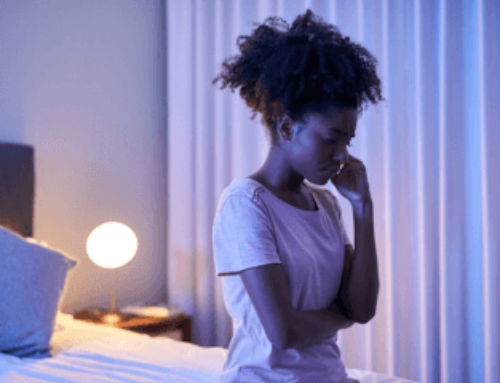Sleep is a vital component of our health and well-being, yet many bed partners find themselves struggling to get a good night’s rest due to incompatible sleep habits. A 2024 survey from the American Academy of Sleep Medicine reveals that 29% of Americans have opted to sleep in another bed in the same bedroom or in another space in the home to accommodate a bed partner. In 2023, respondents admitted to sleeping in another room on occasion (20%) or consistently (15%) to accommodate a bed partner.
“The concept of ‘sleep divorce’ simply means sleeping in separate beds or bedrooms and is an option for couples seeking better sleep quality,” said AASM spokesperson Dr. Seema Khosla. “The term might sound alarming, but it’s not about ending a relationship — it’s about prioritizing sleep health and addressing the sleep issues that may be eroding a relationship, such as snoring, tossing and turning, or differing sleep schedules. A sleep divorce is not a sign of a relationship in trouble – it allows for honest conversation about disruptive habits and allows each person to enjoy uninterrupted, restorative sleep.”
People are also making other changes to accommodate their partners. One-third of U.S. adults (33%) said they go to sleep at a different time than desired, and one in 10 (11%) opt to use a silent alarm. In addition, 10% of people have tried the viral “Scandinavian sleep method” of sleeping with separate blankets or comforters.
Not only is it important to get high-quality sleep, it’s also important to get an adequate amount of sleep. The AASM recommends that adults get seven or more hours of sleep per night on a regular basis to promote optimal health, productivity, and daytime alertness.
“We know that getting a good night’s sleep is important for both health and happiness,” said Khosla. “So, if you’re continually sacrificing sleep quality and quantity — due to your partner’s persistent snoring, for example — then it may be time to discuss your sleeping arrangements. If snoring is the culprit, then you should encourage your partner to talk to a doctor about obstructive sleep apnea.”
While not everyone who snores has sleep apnea, it is a warning sign that should be taken seriously. When snoring is paired with choking, gasping or silent breathing pauses during sleep, it’s a strong indicator of sleep apnea. Other common symptoms include unrefreshing sleep, insomnia, morning headaches, nocturia, difficulty concentrating, memory loss, or difficulty staying awake while watching TV or driving.
For more information, or to find a local AASM-accredited sleep center, please visit sleepeduation.org.
View 2024 AASM Sleep Prioritization Survey results in the AASM newsroom.
###
About the Survey
The American Academy of Sleep Medicine commissioned an online survey of 2,006 adults in the U.S. The overall margin of error fell within +/- 2 percentage points with a confidence interval of 95 percent. Fieldwork took place between May 16-24, 2024. Atomik Research is an independent market research agency.
About the American Academy of Sleep Medicine
Established in 1975, the AASM advances sleep care and enhances sleep health to improve lives. The AASM has a combined membership of 12,000 accredited sleep centers and individuals, including physicians, scientists and other health care professionals who care for patients with sleep disorders. As the leader in the sleep field, the AASM sets standards and promotes excellence in sleep medicine health care, education and research.





